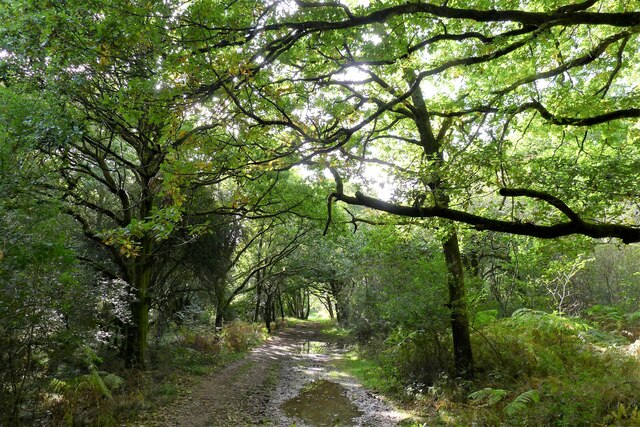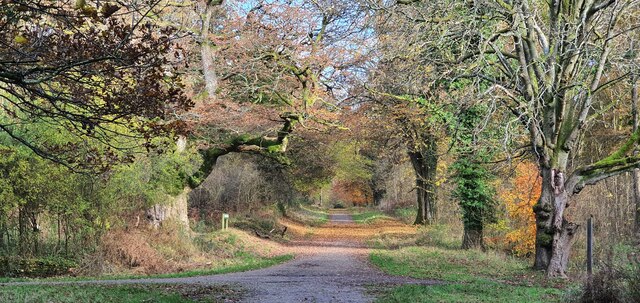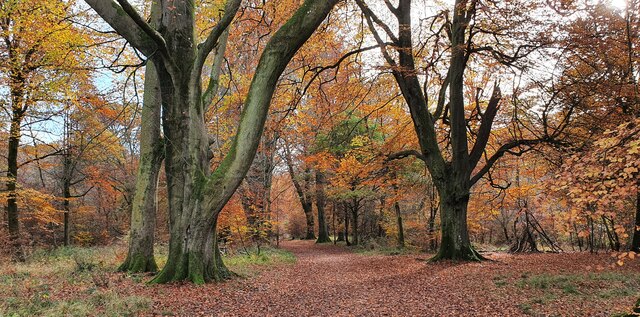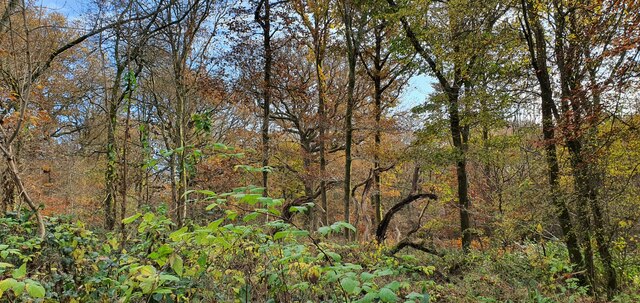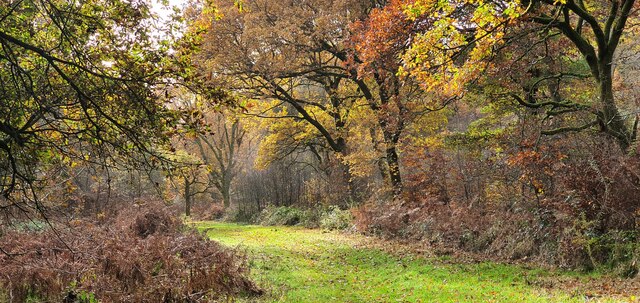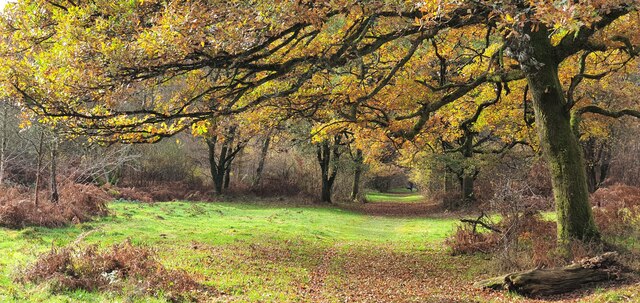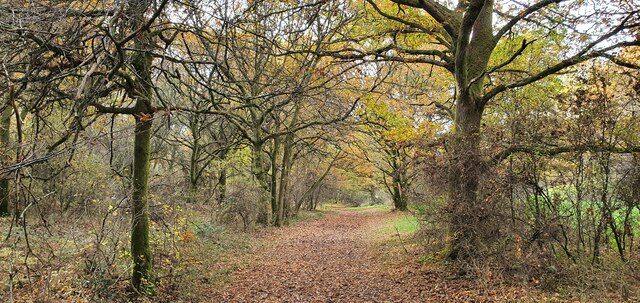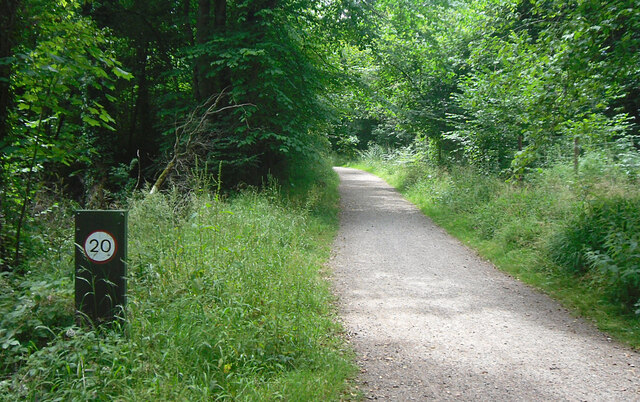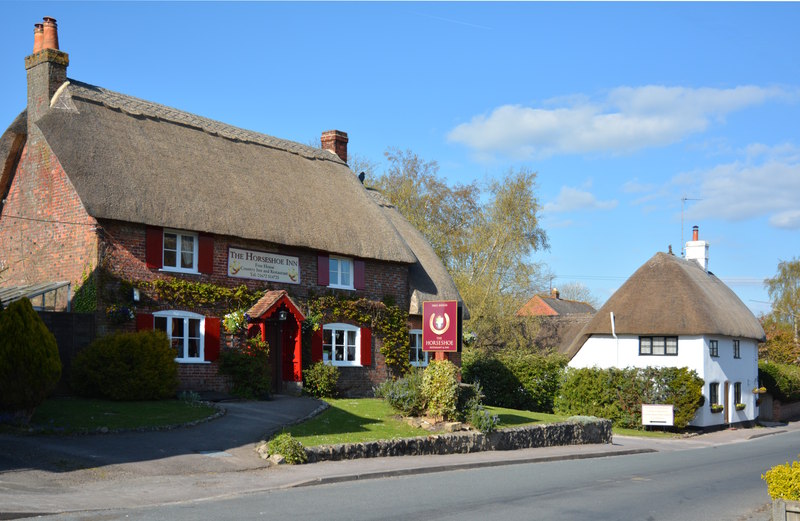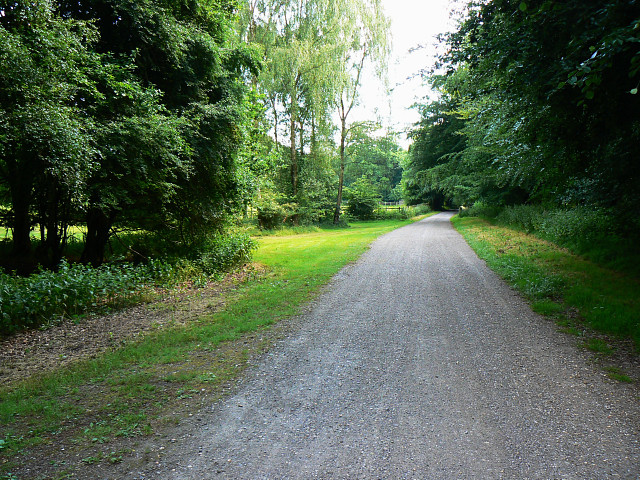Red Vein Bottom
Valley in Wiltshire
England
Red Vein Bottom
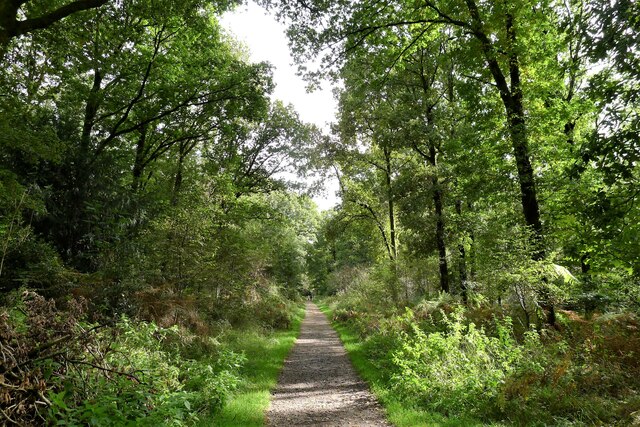
Red Vein Bottom is a picturesque valley located in the county of Wiltshire, England. Nestled within the rolling hills of the South West, this idyllic area offers visitors a tranquil escape from the hustle and bustle of city life. The valley is characterized by its distinct red soil, which gives it its name and adds to its unique charm.
Surrounded by lush greenery, Red Vein Bottom is a haven for nature enthusiasts and outdoor adventurers. The valley is home to a diverse range of flora and fauna, making it a popular spot for birdwatching, hiking, and exploring the countryside. With its meandering streams and babbling brooks, it is also an ideal location for fishing and picnicking.
In addition to its natural beauty, Red Vein Bottom boasts a rich history. Archaeological evidence suggests that the area has been inhabited since prehistoric times, with remnants of ancient settlements and burial sites discovered in the vicinity. The valley is also dotted with historic landmarks, including a medieval church and a charming old mill, which provide a glimpse into the region's past.
Visitors to Red Vein Bottom can enjoy a range of amenities, including walking trails, picnic areas, and a visitor center offering information about the valley's history and wildlife. The area is easily accessible by car and is a short distance from the nearby village, where visitors can find quaint pubs and shops.
Overall, Red Vein Bottom is a hidden gem in Wiltshire, offering a peaceful retreat and an opportunity to connect with nature and history.
If you have any feedback on the listing, please let us know in the comments section below.
Red Vein Bottom Images
Images are sourced within 2km of 51.408142/-1.6808759 or Grid Reference SU2267. Thanks to Geograph Open Source API. All images are credited.

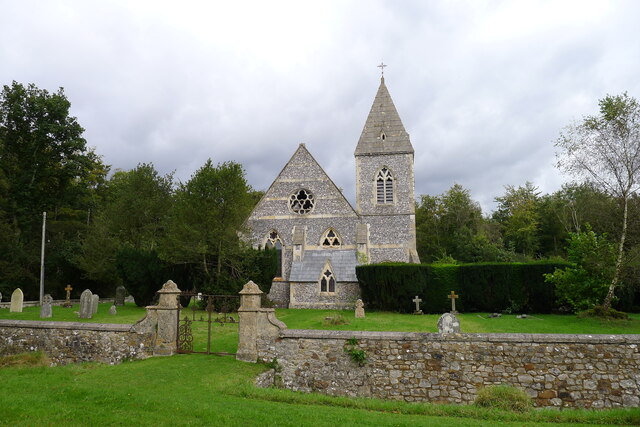
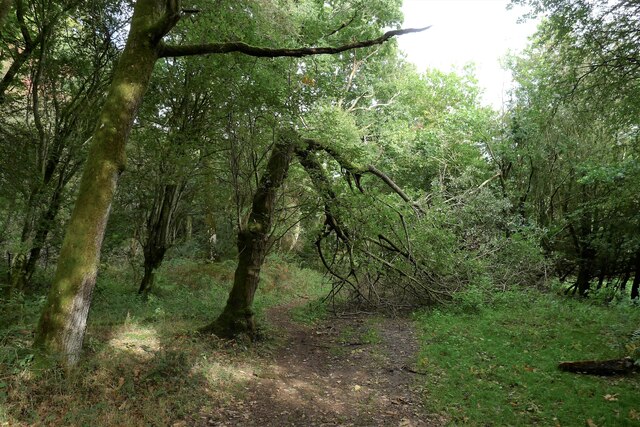
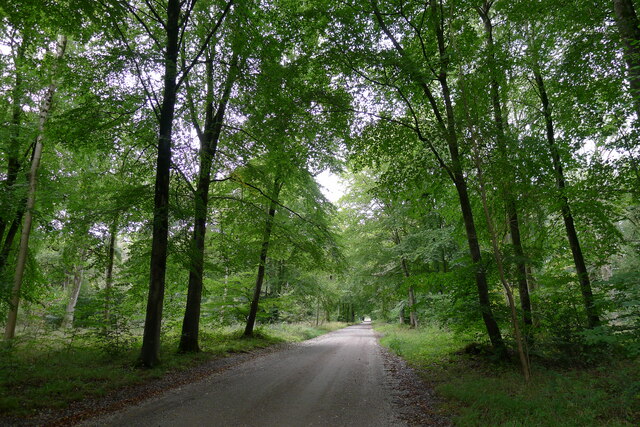
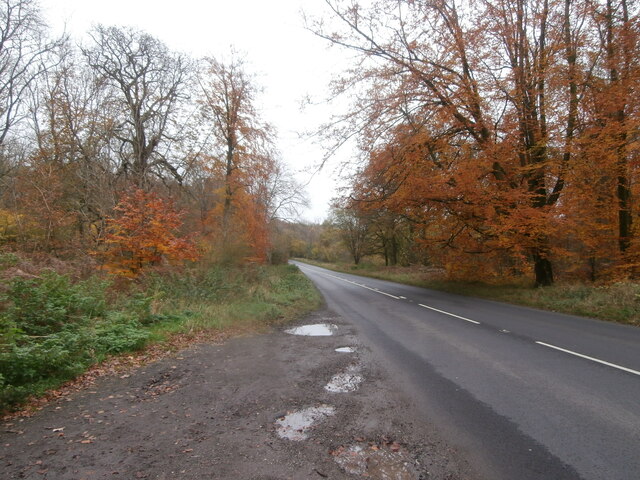
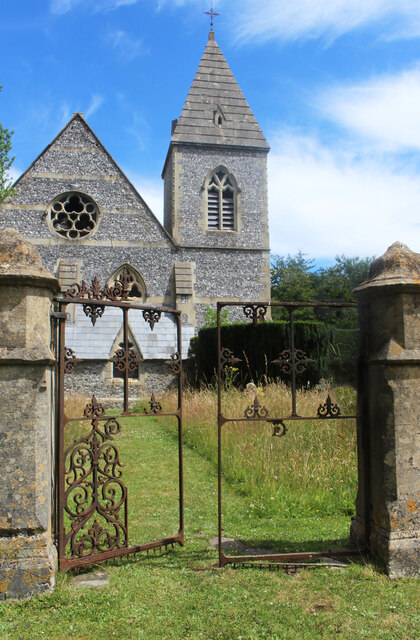
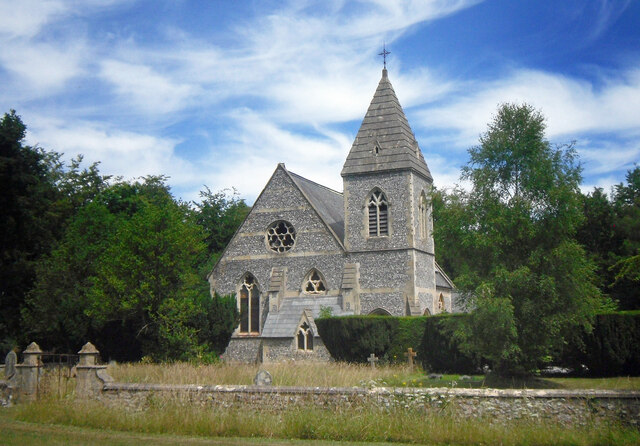
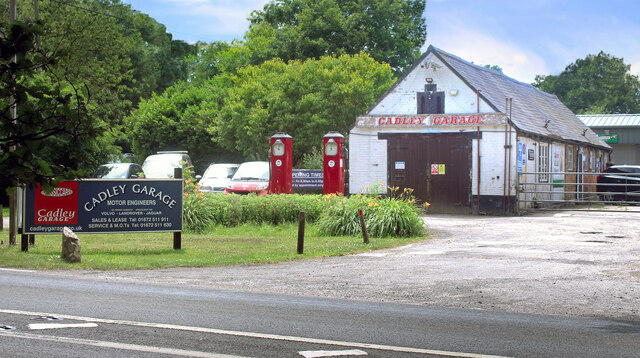
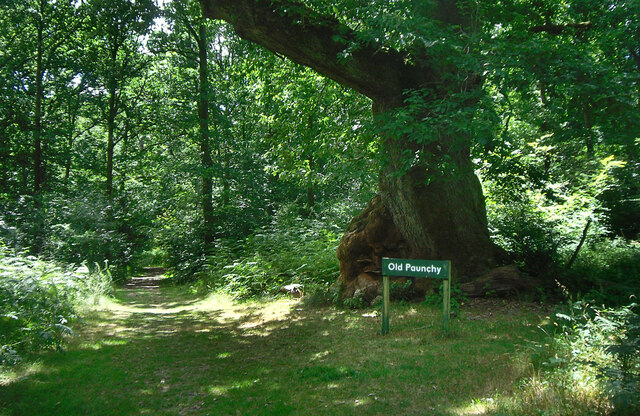
Red Vein Bottom is located at Grid Ref: SU2267 (Lat: 51.408142, Lng: -1.6808759)
Unitary Authority: Wiltshire
Police Authority: Wiltshire
What 3 Words
///spinning.elbowed.marathons. Near Mildenhall, Wiltshire
Nearby Locations
Related Wikis
Cunetio Hoard
The Cunetio Hoard, also known as the Mildenhall Hoard, is the largest hoard of Roman coins found in Britain. It was discovered in 1978 at the site of the...
Cunetio
Cunetio was a large walled town in a valley of the River Kennet in modern-day Wiltshire, England. The settlement was occupied from the 2nd century CE by...
Mildenhall, Wiltshire
Mildenhall ( MY-nəl) is a village and civil parish in the Kennet Valley in Wiltshire, England, immediately east of the market town of Marlborough. The...
Savernake, Wiltshire
Savernake is a civil parish immediately south and southeast of Marlborough in Wiltshire, England. The settlements in the parish are the hamlets of Cadley...
Nearby Amenities
Located within 500m of 51.408142,-1.6808759Have you been to Red Vein Bottom?
Leave your review of Red Vein Bottom below (or comments, questions and feedback).
